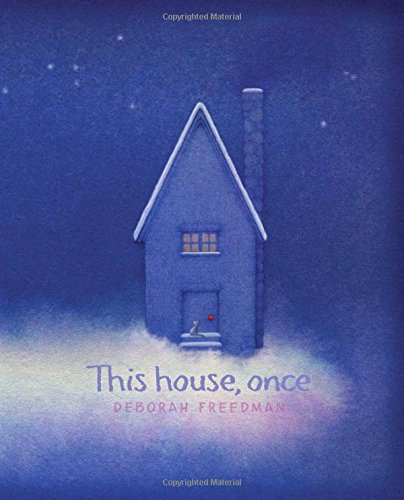I know a Disney movie has nailed it for me when I find myself repeatedly playing the songs in my head without tiring of it. Moana was just such a film.
But what I loved even more than the strong characters, plot, and score was respectful care that went into representing Polynesian culture. A bonus features documentary shared the production crew’s visits and connections with the people of Fiji, Samoa, Tahiti, and other islands, expressing the heartfelt desire to portray their culture in a way that would be authentic and recognizable. As one of the Tahitian cultural experts said,
“Our culture is very important for us because it’s the spirit, it’s the soul for our island. It carries values. It carries our life.” ~Hinano Murphy
The documentary highlighted many different cultural elements studied, including music, navigation, coconut use, tattoos, and more. But what really caught my 6 year-old’s attention was the Haka.
She was especially interested in the facial expressions and tongue waggling — in her experience, such behavior indicated silliness, but she sensed an alternate purpose.
So we watched a couple videos, including an emotional Haka performed at a wedding, and one the New Zealand All Blacks Team performs. We discussed the meaning, the unity, and the strength. We discussed sacred traditions within cultures, and how we should turn our hearts toward understanding rather than disdain when we encounter something we don’t initially understand.
I was proud of her respectful response. And not only did our discussion lead to her recognizing aspects of her own culture, but she was also able to make connections in subsequent days to other unfamiliar cultural gestures (such as kissing cheeks in greeting).
Had Disney not been as dedicated to an authentic representation of the culture, this learning opportunity would have been lost (or worse, she would have gained a skewed perspective).
To me, this was a reminder of the critical role of authenticity in education. Wherever possible, we must seek out the honest and shun the watered-down. Not only will this give our students a more accurate view of the world around them, but their learning experiences will be richer for it.
featured image: DeathToTheStockPhoto











